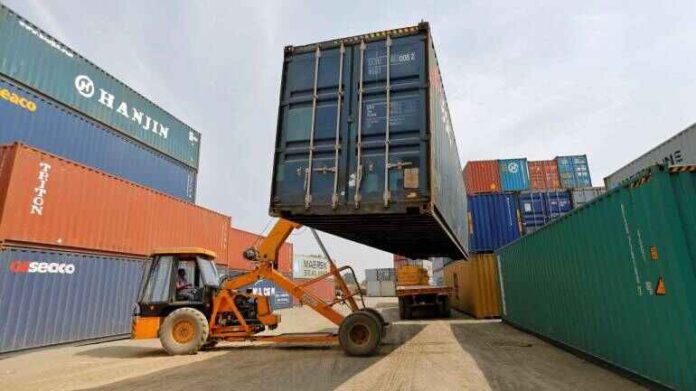ISLAMABAD: The World Bank has said the Pakistan’s services sector’s relevance in exports is likely to be underestimated in the available data as approximately $1.5 billion of exports, roughly 50 per cent of total services exports, are not reported.
According to the World Bank’s recent report: Pakistan Development Update: Reviving Exports, this is because some exporters are freelancers who register their receipts as remittances for taxation reasons.
It said the export quality upgrading was notable in the Pakistan’s services sector. During the past decade, services exports have been stagnant in the vicinity of $6 billion. However, within services, knowledge-intensive sectors such as computer and professional business services have grown relatively fast, at rates above 10pc annually.
A composition of export growth of the different sub-sectors within services shows knowledge-intensive services accounting for almost all the growth, compensating for the contraction of transport and other services exports, the report said, adding that the global trend of internationalisation of business services facilitated this transformation, as Pakistani freelancers and Small and Medium Enterprises (SMEs) embraced it.
The trend has been amplified by an increase in remote working, fueled by the Covid-19 pandemic. The share of knowledge-intensive services exports in total services exports grew from 10pc in 2010 to 50pc in 2020.
The sector’s current exports receipts are almost equal those of Pakistan’s vegetable sectors combined, however, its relevance in exports is likely to be underestimated in the available data.
Further, given that Pakistani firms face challenges transferring foreign currency to another country which is often needed to pay foreign suppliers, some firms choose to hold accounts in foreign banks and receive payments in those accounts instead of within the country.
Meanwhile, the report recommended Pakistani exporters to expand their size coupled with enhancing competivieness saying that countries do not export, firms do. It said that analysing exporter-level data is crucial to better understand export competitiveness patterns in Pakistan.
To this end, the Bank analysed Pakistan’s exporter-level data for the three latest available years, FY15 to FY17, and the results benchmarked against relevant comparators.
Pakistani exporters are relatively small. On average, they export $1.4 million per year, almost one-third of the average Bangladeshi exporter. The comparison with Bangladesh is particularly informative since the sectoral composition of Bangladesh’s merchandise export bundle is similar to Pakistan’s.
The fact that exporters are small is also consistent with a feature of Pakistan’s private sector: firms struggle to grow. An alternative explanation is that entering export markets for Pakistan is relatively easy and therefore, even small firms can succeed at it, the report added.
However, it said if that were the case, the Bank would expect to see many exporters, something that is not observed for Pakistan.
There are approximately 14,000 active exporters in Pakistan, which, normalised by population, places Pakistan in low levels, almost on par with Bangladesh and Nepal. Rather, the prevalence of small exporters is more likely to be related to frictions that prevent firms from scaling up, the report concluded.























